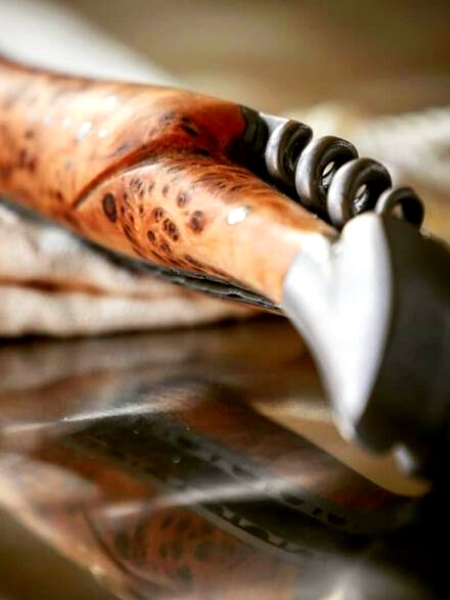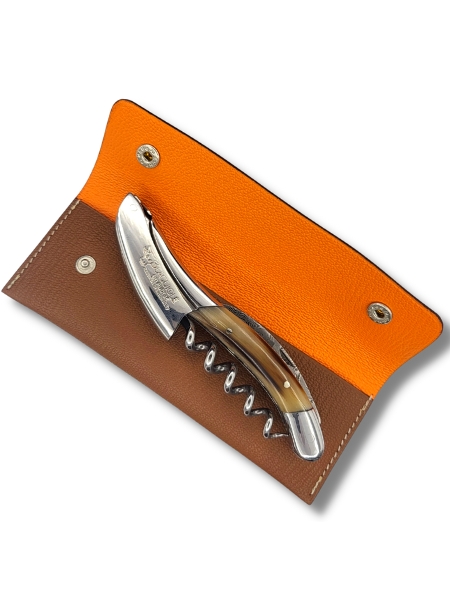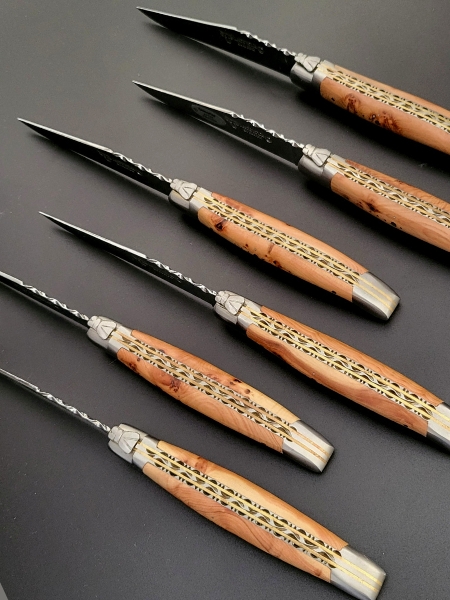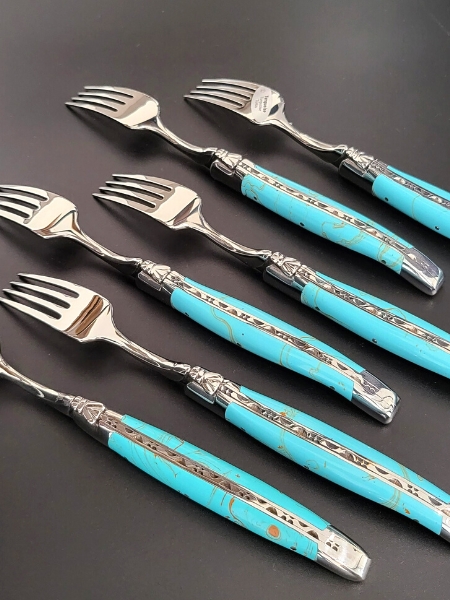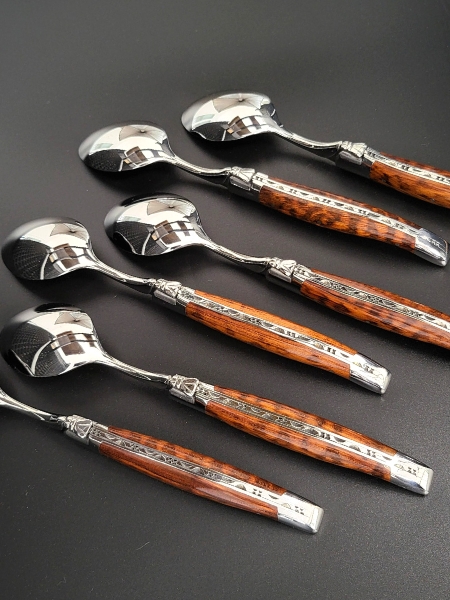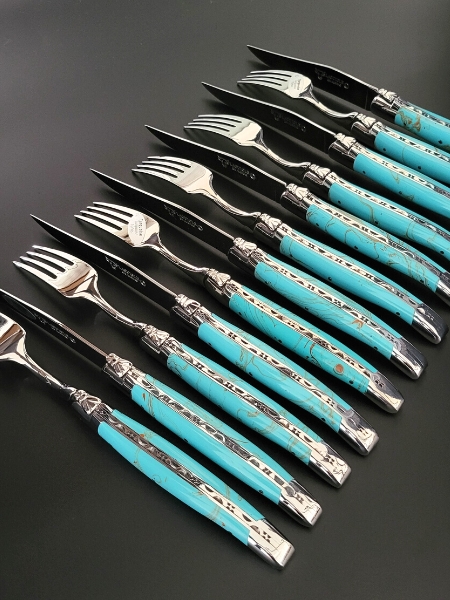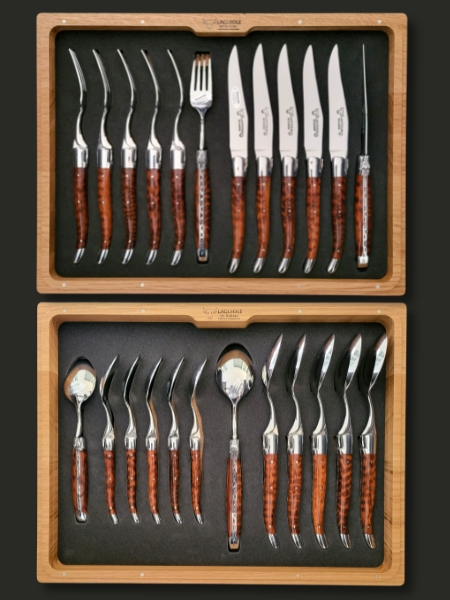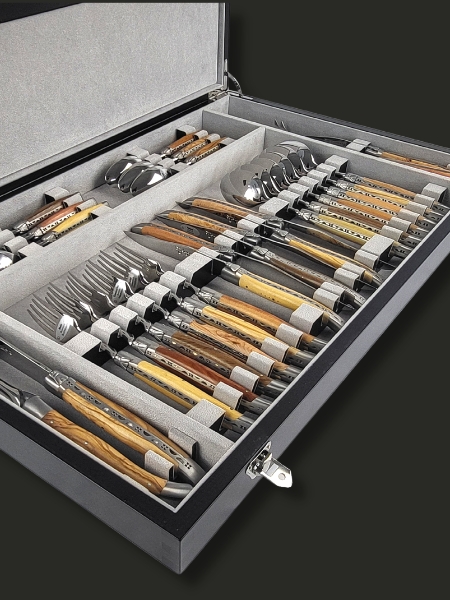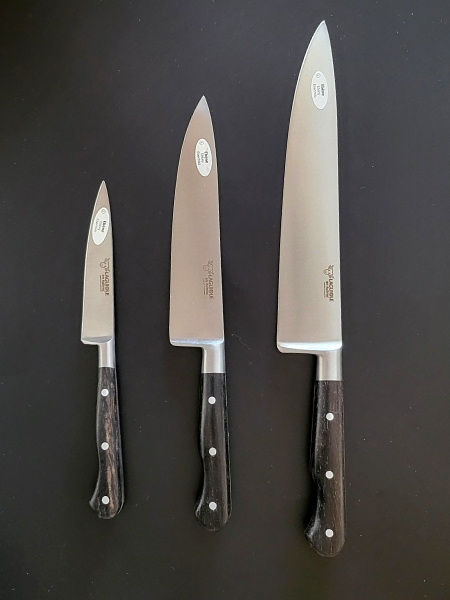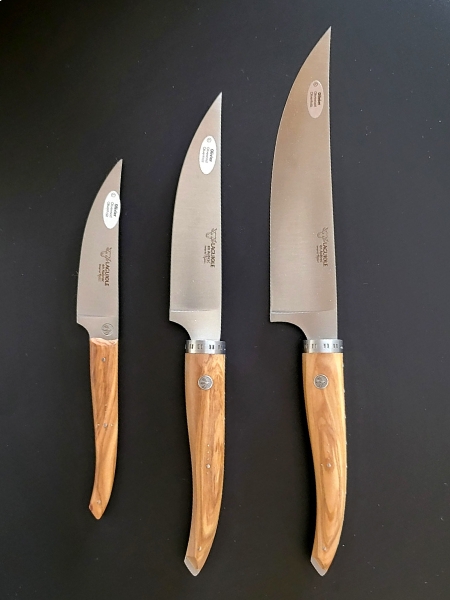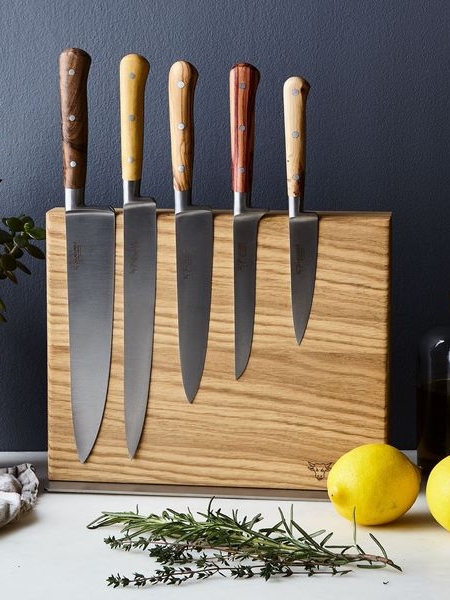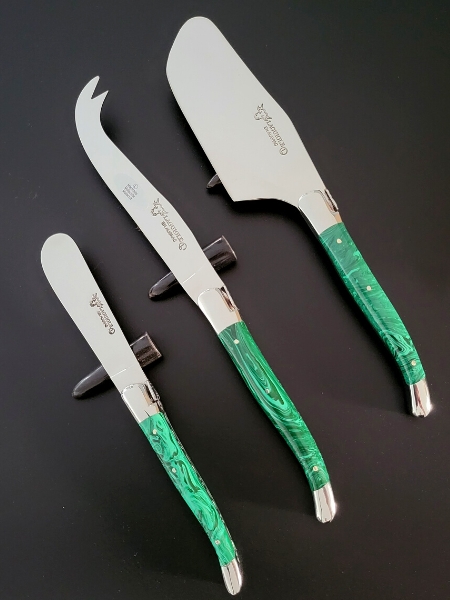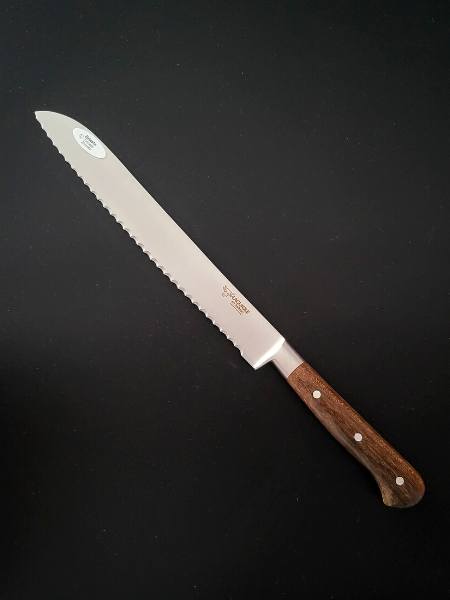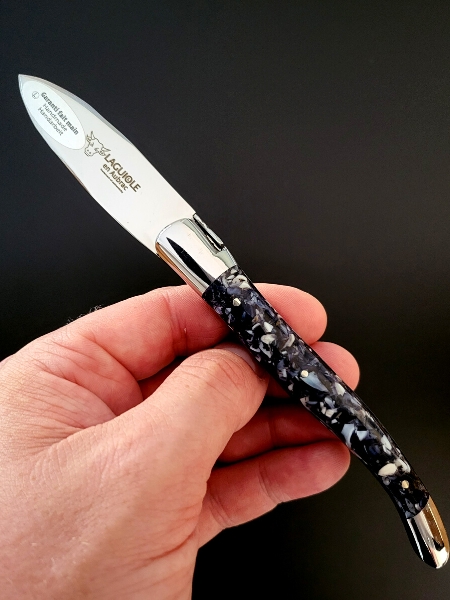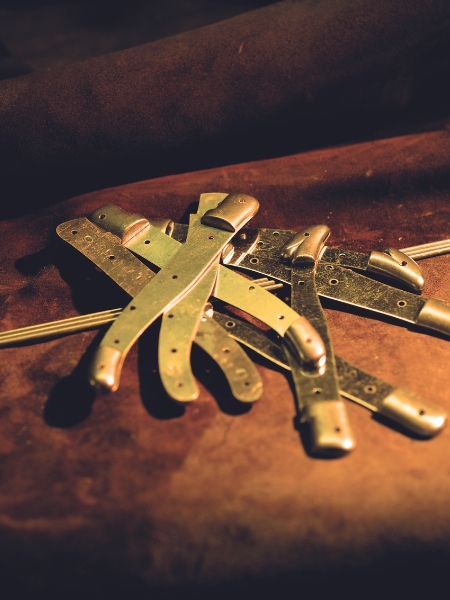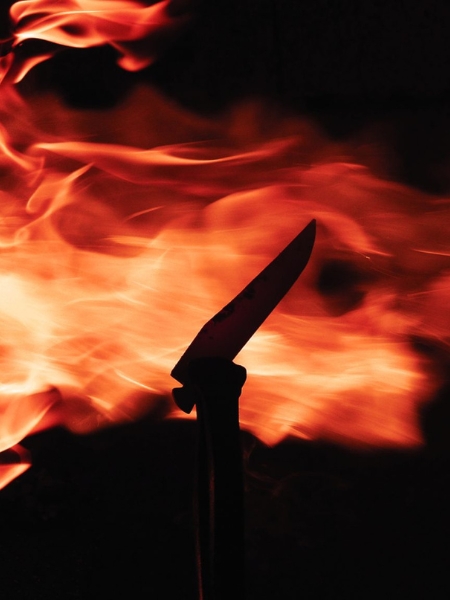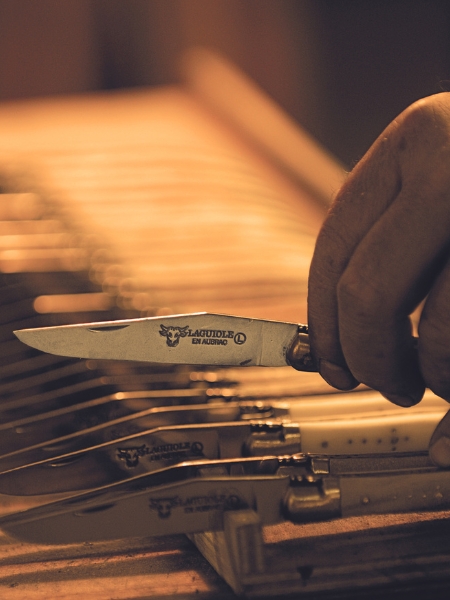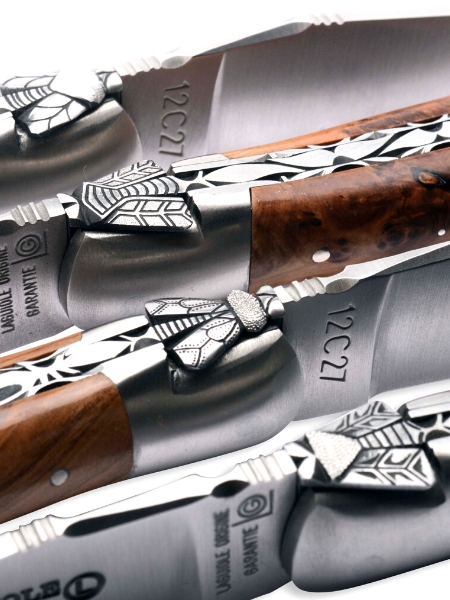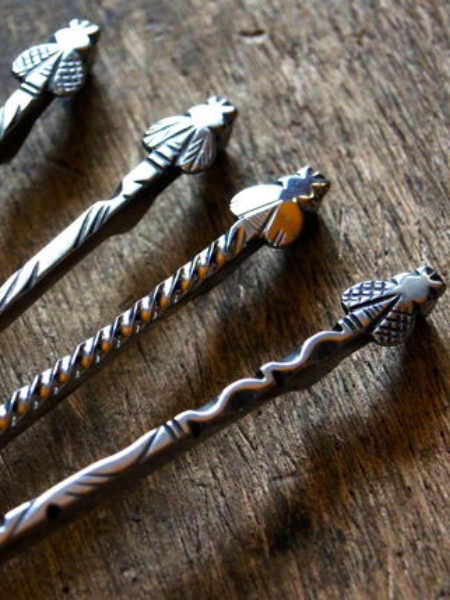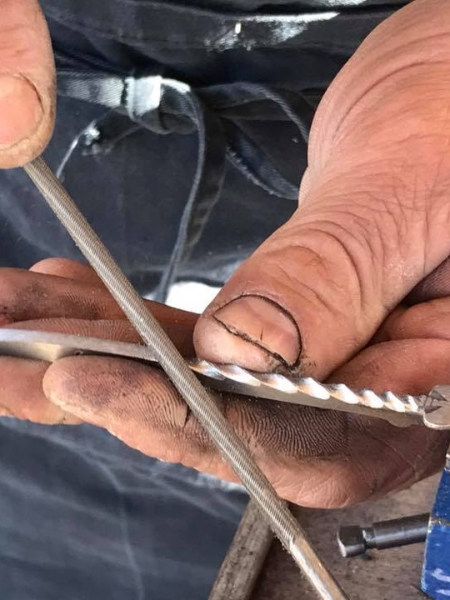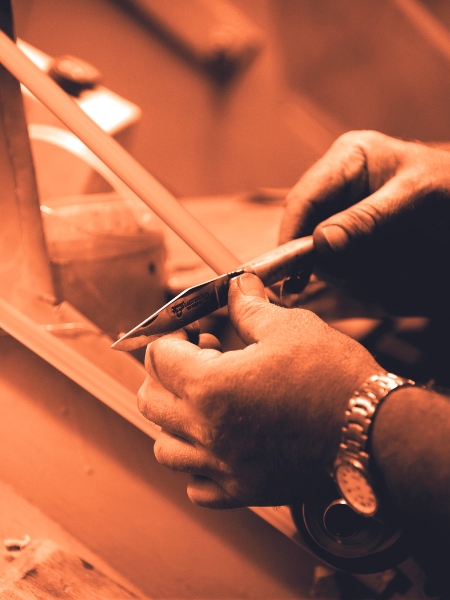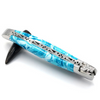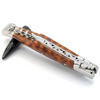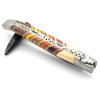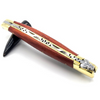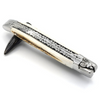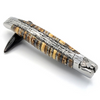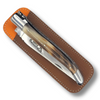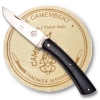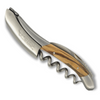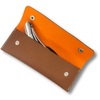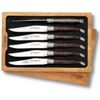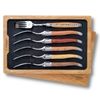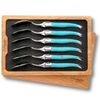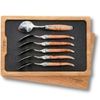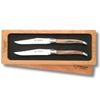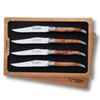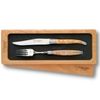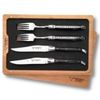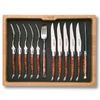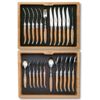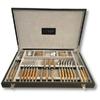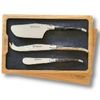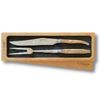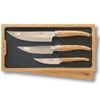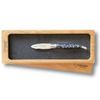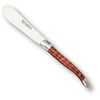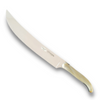Marquetry in Artisanal Knife-making
Marquetry in knife-making is a traditional craft technique that involves assembling different materials, such as wood, ivory, or bone, to create a decorative pattern on the handle of a knife or sommelier. The materials are cut into thin sheets or small pieces and assembled following a predetermined design.
Marquetry can be done in several ways. The most common technique involves cutting the materials and then gluing them onto a supporting plate. Once the plate is assembled, the pattern is cut according to the shape of the knife handle and then glued onto it.
Marquetry is a meticulous process that requires a great deal of patience and precision. It is often used to enhance high-end or collectible knives, adding a touch of elegance and refinement.
Origins of Marquetry Craft
The exact origin of marquetry is difficult to determine, as this artisanal technique dates back several centuries. However, it is known that the Ancient Egyptians already practiced marquetry to decorate wooden and ivory objects.
Over the following centuries, marquetry spread throughout Europe and Asia and was used to decorate a wide variety of objects, including furniture, musical instruments, and decorative items.
During the Middle Ages, Italian craftsmen became famous for their mastery of marquetry, and the city of Florence became a significant center for the production of marquetry furniture.
Thus, there is no specific person or inventor who invented marquetry work, as it is a technique that has evolved over time and has been perfected by numerous talented artisans throughout history.
On the other hand, André-Charles Boulle was a 17th-century French cabinetmaker, famous for his marquetry work. He is considered one of the greatest masters of marquetry of all time.
Boulle is known for inventing a marquetry technique called “Boulle marquetry” or “marquetry à la Boulle,” which involves using sheets of brass and tin to create decorative patterns on wooden furniture and decorative items. He also combined inlays of precious woods and mother-of-pearl to create even more elaborate designs.
Boulle’s furniture and decorative items were highly prized by the French nobility of the time, and his marquetry work became synonymous with luxury and sophistication.
Today, Boulle’s furniture and decorative items are highly sought-after museum pieces, and his marquetry technique is studied and admired by artisans worldwide.
 Laguiole Knife Checkerboard Marquetry Walnut & Juniper Wood Handle
Laguiole Knife Checkerboard Marquetry Walnut & Juniper Wood Handle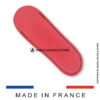 Red Sheath for Laguiole Pocket Knife
9€
Red Sheath for Laguiole Pocket Knife
9€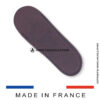 Terracotta Sheath for Laguiole Pocket Knife
9€
Terracotta Sheath for Laguiole Pocket Knife
9€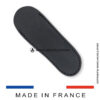 Black Sheath for Laguiole Pocket Knife
9€
Black Sheath for Laguiole Pocket Knife
9€ Brown Sheath for Laguiole Pocket Knife
9€
Brown Sheath for Laguiole Pocket Knife
9€

